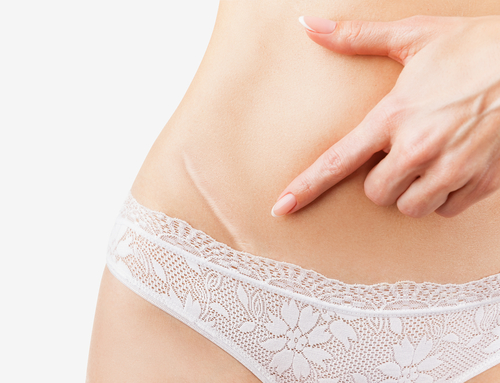Boost Your Confidence With Scar Revision
September 4th, 2018 | Posted in: Scar Revision |
Many factors may affect scarring after a surgical procedure or injury. Some include poor healing, infections, trauma to the incision site, poor incision care, failure to use scar therapy treatments, smoking, exposing the scar to sunlight, and failing to obey all postoperative instructions. Scars may be embarrassing and can even hinder movement, but scar revision treatments can dramatically reduce these bothersome effects.

Scar Revision Options
Scar revision can take many different forms, including:
- Microdermabrasion is ideal for scars that are mild and at the outer layer of the skin. This treatment involves gently resurfacing the skin, revealing a smoother, more even surface.
- Injectable fillers can help fill in depressed scars so that they blend with the surrounding tissue. Many injectable filler products derive from hyaluronic acid, which naturally occurs in the body and rejuvenates the skin.
- Excision is appropriate for severe scars that lie deep in the dermis.
- Skin grafts involve removing healthy skin from one part of the body and attaching it to the scarred tissue. The new cells help to restore the scarred area.
- Laser treatment can improve the appearance of hyperpigmentation and smooth rough skin texture. Patients should wait at least six months after a scar has formed to allow the redness and pinkness to fade.
- Microneedling stimulates collagen remodeling to minimize hypertrophic scars. This treatment speeds healing, boosts collagen production, and improves texture in the treated area.
- Steroid injections can thin the tissue of hypertrophic scars and keloids. This helps to blend the tissue with the surrounding surface.
Recovery
The length of scar revision recovery varies depending on the size and severity of the scar, individual healing responses, and the technique used. Afterwards, you can expect some tenderness, swelling, and redness around the treatment area. However, most side effects resolve within a few days of your procedure. Discomfort can be managed with pain medication. Patients are advised to relax and refrain from engaging in strenuous physical activities for roughly one week to allow the incision to heal completely.
Scar Prevention
While you cannot always avoid scarring, you can minimize the risk of developing scarring by the choices you make. For example, avoid wearing snug clothing during recovery so that you are less likely to irritate your incisions. Wash your hands frequently with antibacterial soap, and use antibacterial body wash to prevent infections. You should also quit smoking, as it can impede the healing process. If you still develop a scar in spite of these efforts, you can prevent your scar from becoming darker by liberally applying sunscreen to the area and keeping it covered when you are in direct sunlight.
If you would like to reduce the appearance of your scars, please contact our office at (310) 888-8087 to schedule a private consultation.









































